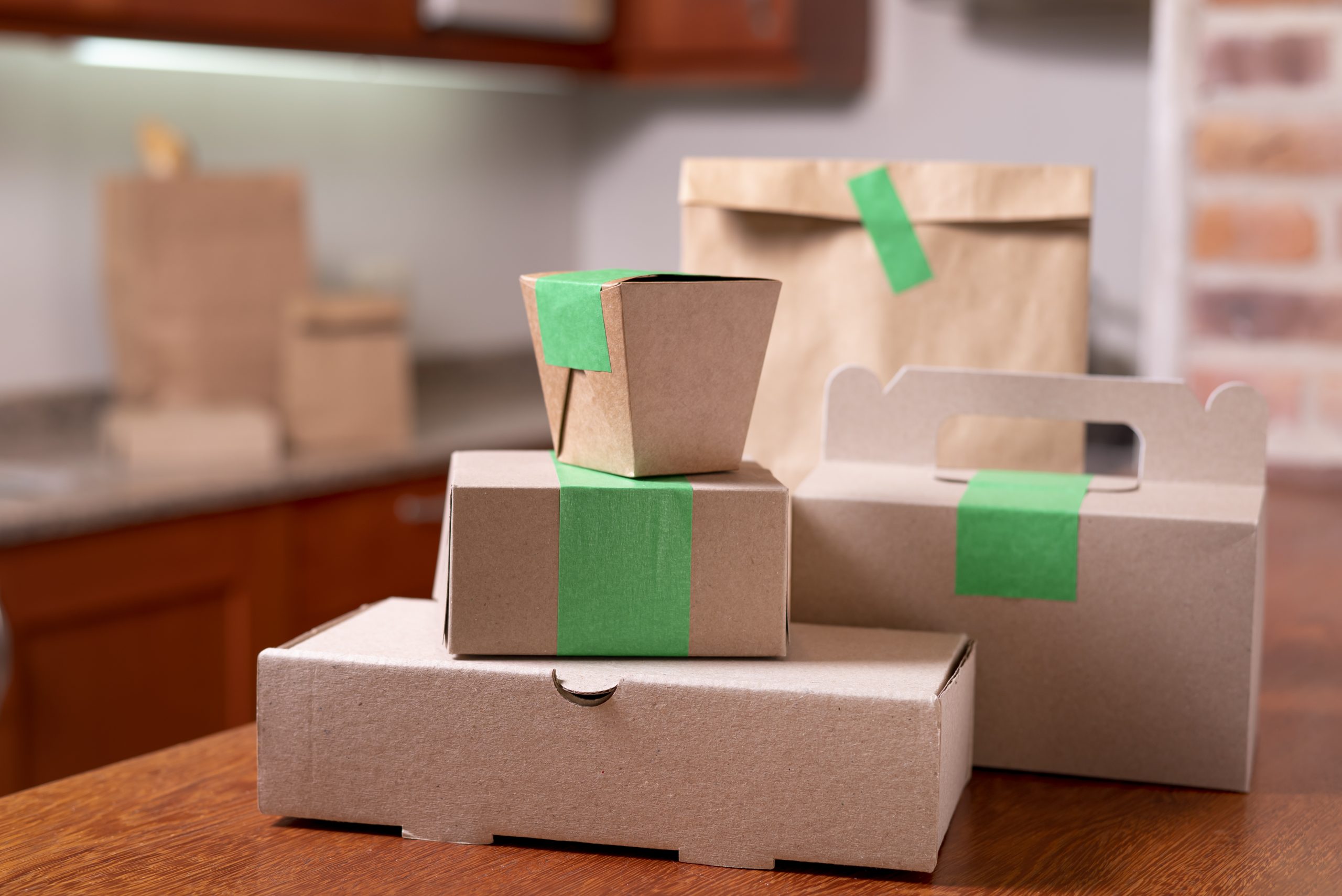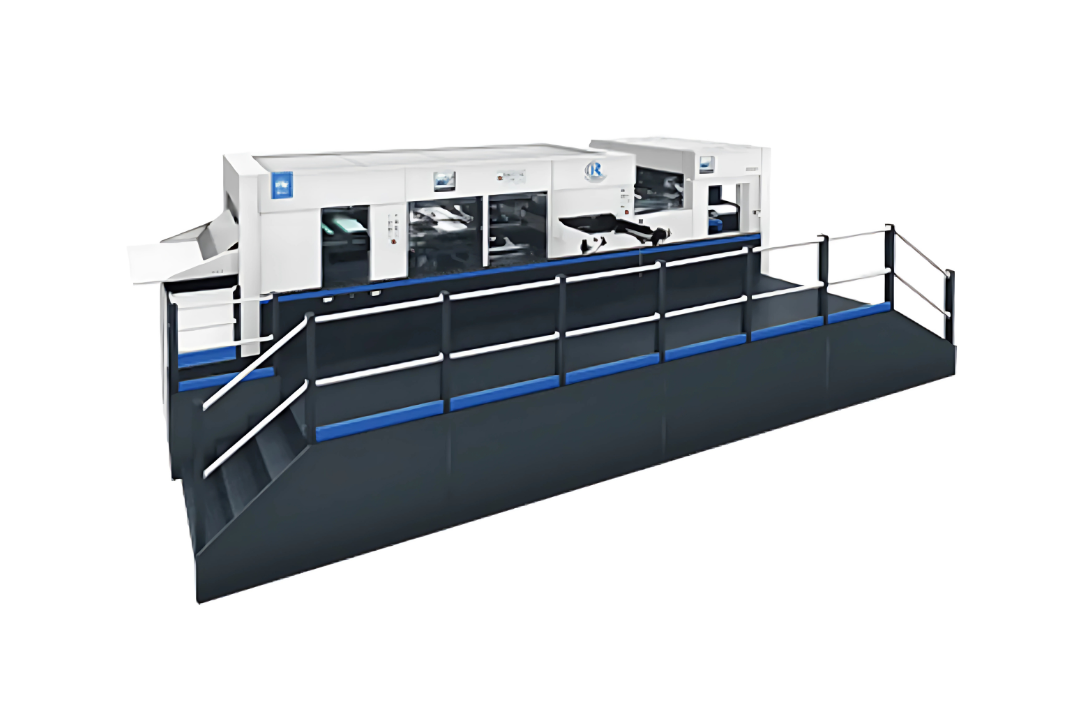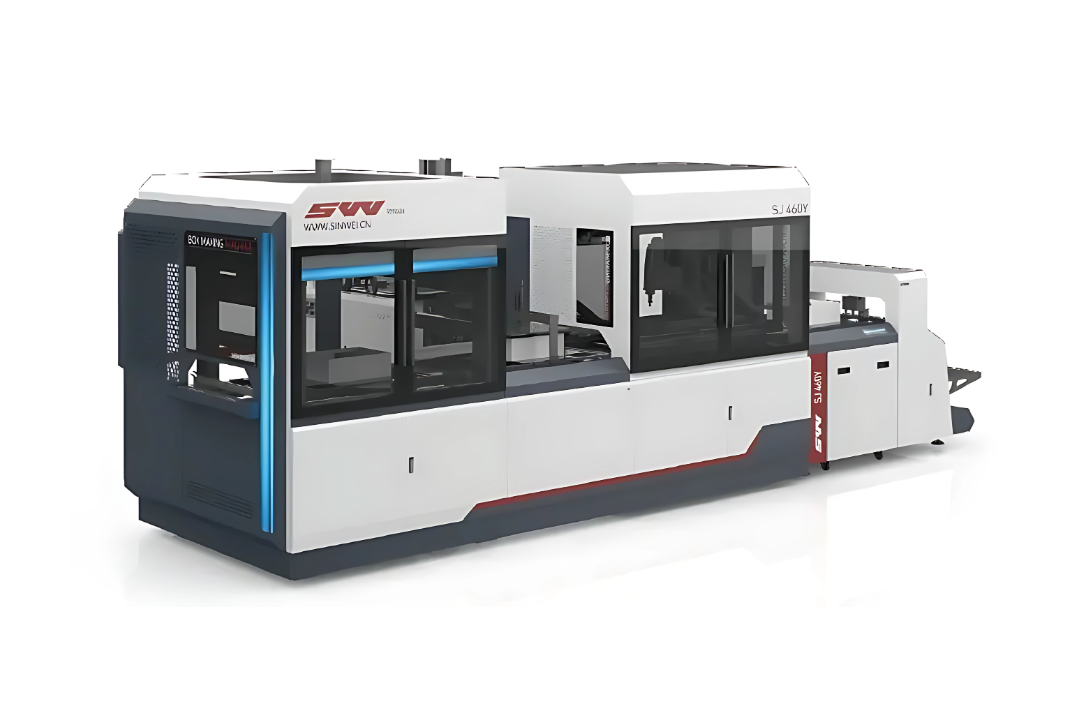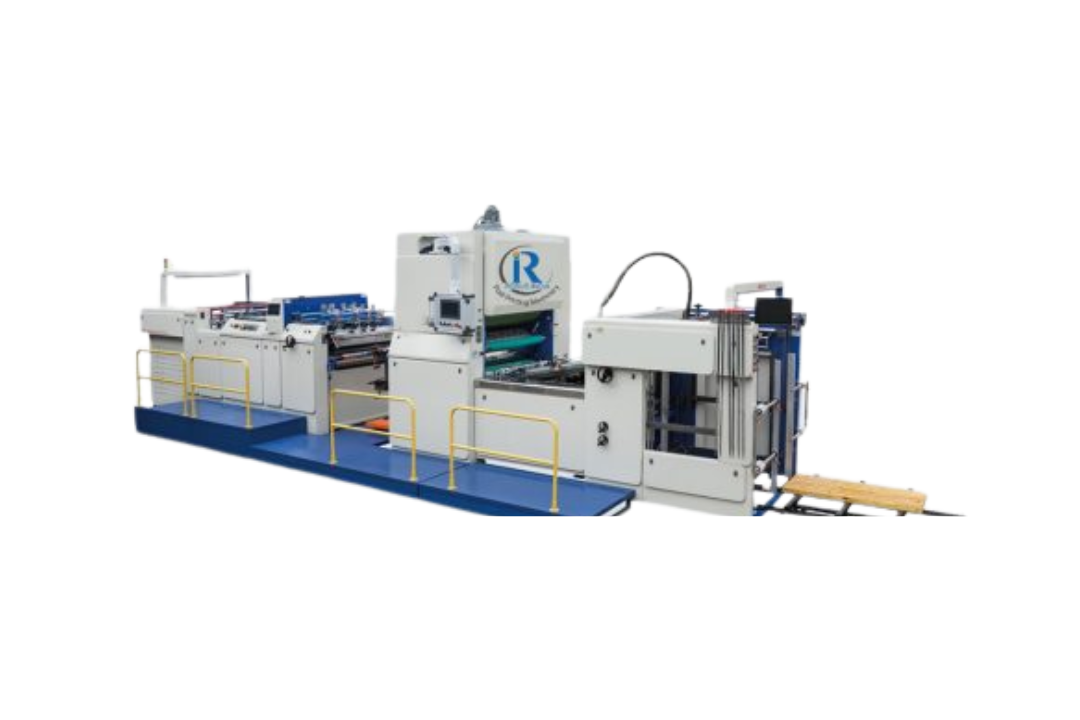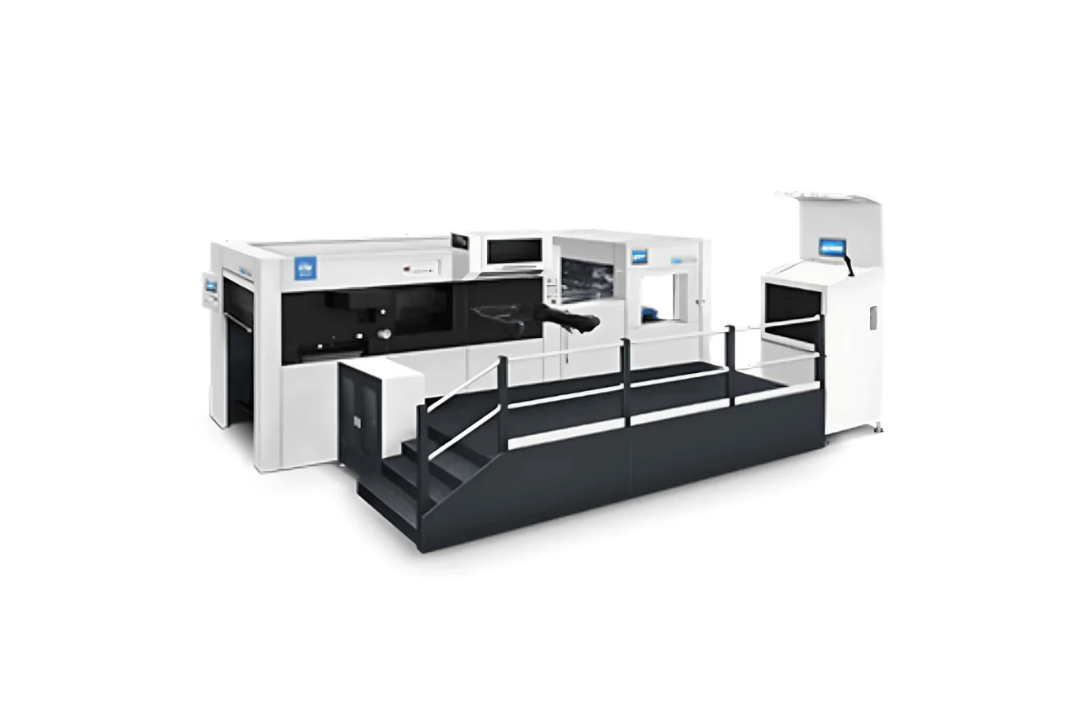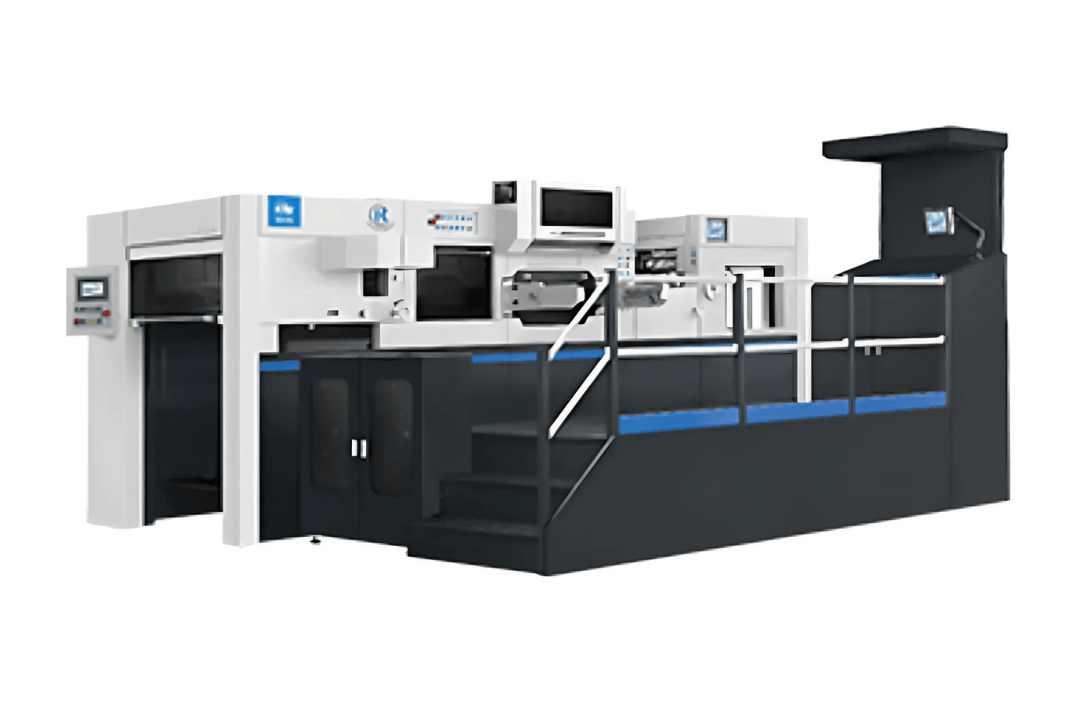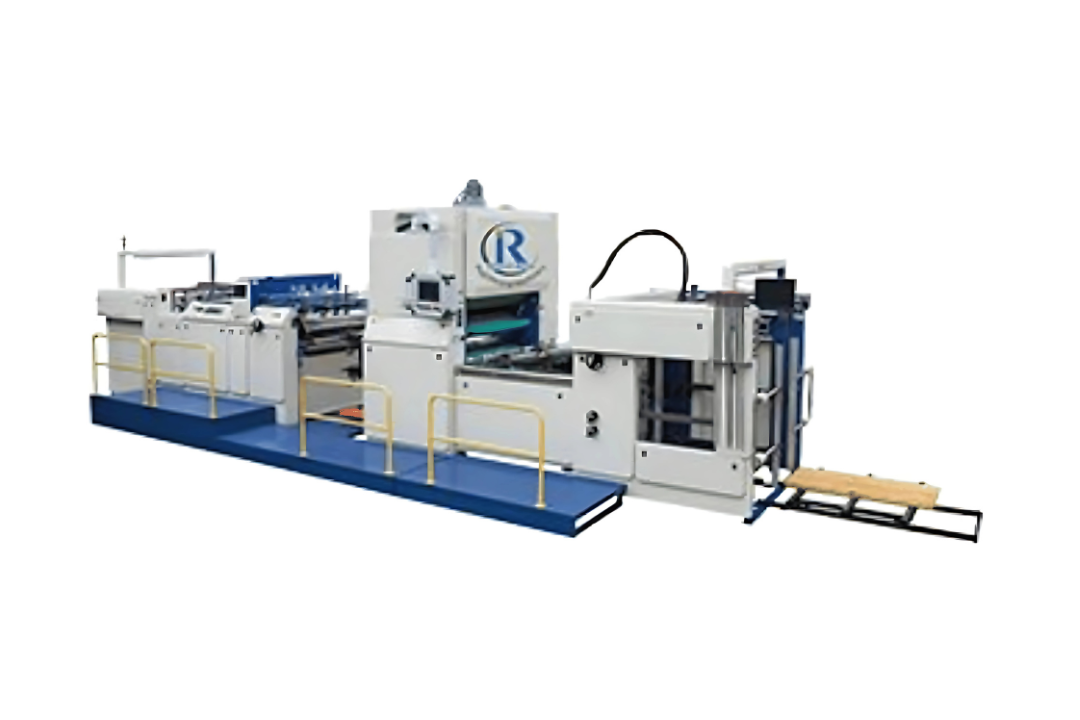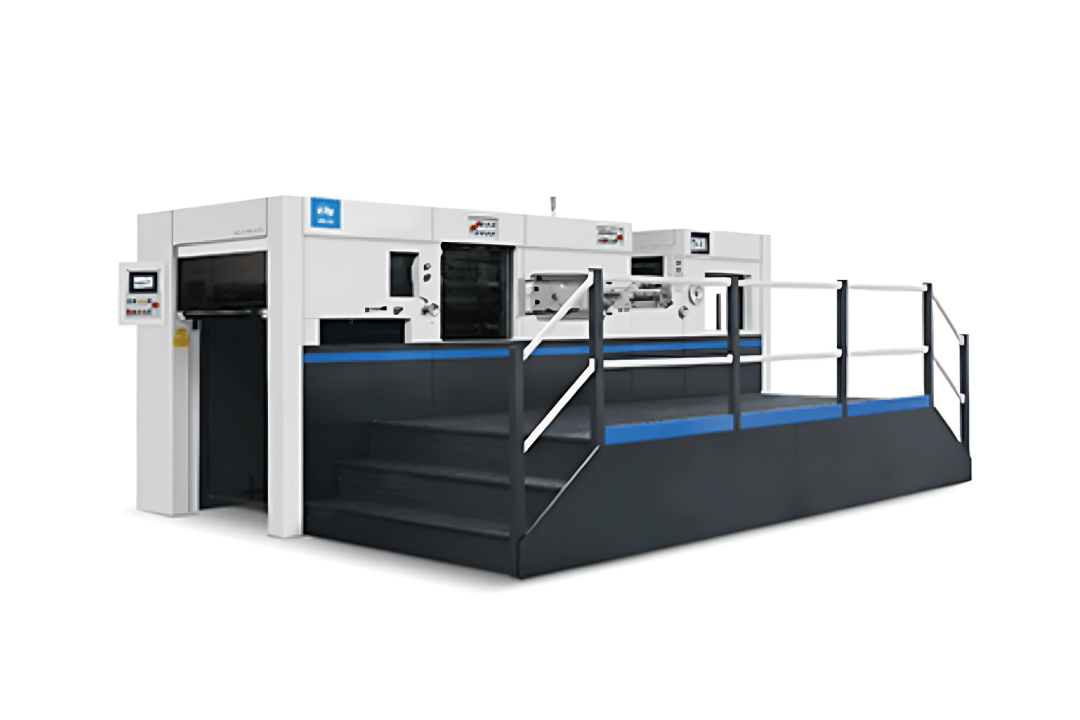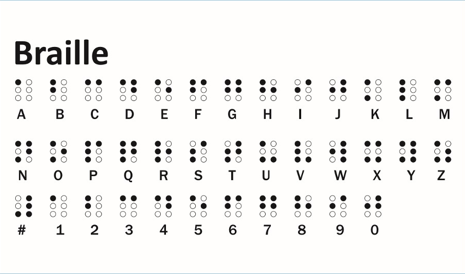How Folder Gluer Machines Help Make More Cartons Faster
Introduction In today’s fast-paced world, packaging plays a big role in product safety, branding, and transportation. From cereal boxes to medicine cartons, we see folded cartons everywhere. But have you ever wondered how these cartons are made so quickly and in such large numbers? The answer lies in folder gluer machines. These machines are key to making folding cartons fast, neat, and at scale. Whether you are in the packaging, printing, or consumer goods industry, folder gluers can help your business grow by saving time, reducing errors, and increasing production. In this blog, we’ll explore what a folder gluer machine is, how it works, and how it helps manufacturers make more cartons, faster and better. What is a Folder Gluer Machine? A folder gluer machine is a type of packaging machine used to fold and glue flat paperboard or corrugated board into finished cartons. It’s the last step in the carton-making process after printing and die-cutting. The flat, printed sheets are fed into the folder gluer. The machine then folds them into shape and applies adhesive (glue) in the right spots. After this, the cartons are pressed and delivered in stacks—ready to be filled with products. Folder gluer machines are widely used in industries such as: Food and beverages Pharmaceuticals Cosmetics Electronics E-commerce packaging How Does a Folder Gluer Machine Work? Folder gluer machines have several parts that work together in sequence. Here’s a step-by-step view of how the machine operates: 1. Feeder Section The feeder pulls in the flat carton blanks one at a time from a stack. This section ensures smooth feeding without jamming. 2. Pre-Break Section Some cartons have folds that are hard to crease later. This section pre-breaks or bends the folds slightly to make final folding easier. 3. Folding Section Using folding belts and guides, the machine folds the carton flaps according to the desired shape—like straight-line, crash lock, or 4/6 corner boxes. 4. Gluing Section As the flaps are folded, glue is applied using either cold glue or hot melt systems. The glue is placed with precision to avoid spills or weak joints. 5. Compression Section Once glued and folded, the cartons pass through pressure rollers that press them together to ensure the glue sets properly. 6. Delivery Section The finished cartons are collected, counted, and stacked for packaging or shipping. Some machines have automatic packing systems as well. Benefits of Folder Gluer Machines Using a folder gluer machine offers many advantages that help manufacturers speed up their packaging operations. Let’s take a closer look: 1. Faster Production Speed Manual carton folding and gluing are slow and inconsistent. A folder gluer machine can process thousands of cartons per hour, depending on the size and type. This high speed means more output in less time. 2. Consistent Quality Every carton is folded with the same precision, and the glue is applied at the exact spot every time. This improves the look, strength, and performance of the box. 3. Less Manual Labor The machine does most of the work. This reduces the need for manual workers and helps avoid fatigue or mistakes caused by repetitive tasks. 4. Reduced Waste Precise gluing and folding mean fewer misaligned or damaged boxes. This helps save raw materials and reduce waste. 5. More Versatility Modern folder gluer machines can handle many box types—straight-line, crash lock bottom, 4-corner, 6-corner, and more. This gives businesses flexibility in design and packaging. 6. Lower Costs Over Time Though the initial investment may be high, folder gluers save money in the long run by reducing labor costs, material waste, and time spent on rework. Use Cases in Different Industries Folder gluer machines are not just for large-scale factories. They are useful for small, medium, and large businesses across industries. Food Packaging Fast-moving products like cereals, snacks, and frozen foods need strong, attractive boxes. Folder gluers help produce these in bulk with strong glued flaps that hold up during transport and display. Pharmaceutical Packaging Accuracy is crucial in every type of Pharmaceutical Packaging. Folder gluers ensure tight seals and consistent quality to protect the product inside and meet health regulations. E-commerce and Retail With rising demand for quick packaging in online sales, folder gluer machines are perfect for producing ready-to-use cartons in a short time. Cosmetics and Personal Care Elegant packaging is important for beauty products. Folder gluers help maintain neat finishes and sharp folds that enhance product appeal. Advanced Features in Modern Folder Gluers Today’s folder gluer machines come with smart technology to further increase productivity and reduce downtime. Some features include: Touchscreen Controls: Easy setup and monitoring Servo Motors: More control over speed and movement Automatic Alignment Systems: Reduce human error Vision Inspection Systems: Detect glue or folding errors Barcode Scanners: For box identification and sorting These improvements help ensure high-quality production while reducing the chance of errors. How Robus India Helps with Folder Gluer Solutions At Robus India, we specialize in advanced carton packaging machinery including folder gluer machines that are ideal for both corrugated and paperboard cartons. Our folder gluer machines offer: High-speed performance Stable feeding Precise gluing technology Compatibility with different box styles Durable build and low maintenance We also provide training, technical support, and after-sales service, ensuring your team can operate the machine smoothly and efficiently. Whether you are upgrading from manual folding or expanding your production capacity, Robus India has the right folder gluer solution for you. Conclusion Folder gluer machines have revolutionized the way cartons are made. With the ability to fold and glue thousands of boxes per hour, these machines help businesses: Increase output Maintain consistent quality Reduce labor and costs Meet rising demand quickly If your business relies on packaging, investing in a folder gluer is a smart move. It’s not just about faster production—it’s about growing your efficiency and building a stronger, more reliable packaging system. Contact Robus India to explore our range of high-speed folder gluer machines and take your packaging process to the next level.

